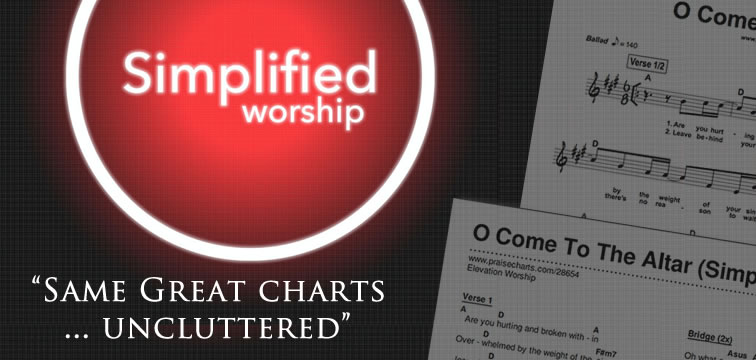The Dynamics of Worship
Featuring John Telman Posted on January 21, 2009
During one of our rehearsals, the worship leader stopped us and made an interesting observation. He said, "We lack dynamics". He went on to explain that he was not talking about fast, loud songs and slow, soft songs. His thought was that we were missing the rise and fall of dynamics within each individual song.
As worship leaders, we can fall into a trap of "either or", "praise, worship", "fast, slow". You know the drill. Three fast songs followed by two slow songs.
It seems like the colour of life might be missing if we are trapped by this type of form and tradition.
Prior to one service, I went to the keyboard and was softly playng "Throught It All" by Reuben Morgan. The rest of the band sensitively joined me. I was not planning on doing it to start worship but the message of the song just built and we began worshiping. The congregation already seated joined in unexpectedly. The time of worship began softly and built with joy into exuberant worship.
Dynamics are the indicator of expression. Paul Baloche often teaches bands to be careful. He warns us not to play "full on" through the whole set. We do well to listen to his excellent instruction.
So, how do we accomplish this?
First we have to understand the structure of the song. The verse is where an appeal is made and should be treated like we are moving toward a destination. Then the chorus is the "payoff", so it should be like the celebration of getting to the goal. The bridge is a way to underline the last chorus and to "see it" in our minds. So the dynamics of a song should be like a road trip over a series of hills and arriving with a sense of satisfaction. This doesn't always mean ending the song with high drama. Some journeys take you to quiet, peaceful spots where there is satisfaction expressed by rest. Each song should be examined and treated appropriately.
Secondly, dynamics must be done as a band. Many years ago, when organs and pianos were the only instruments used in church, dynamics were much easier to accomplish. Now a number of people must act as one. If only one or two musicians have rise and fall in dynamics it will be easily lost if another musician continues "full on".
Here are some examples of ways to play dynamically. A drummer can go from riding on a crash to riding on the hi hat. Guitars can play clean during the verse and use distoration on the chorus. A quitar can also move from the simple to the complex. Keyboards can play more block chords on the verse and more vigorously and intensely on the chorus. Or, the band can drop and add instruments to create dynamics.
One way to build unity in this respect is to listen to a CD together and take notes on the rise and fall of a song's dynamics. I was just listening to "Our God Saves" by Paul Baloche and noticed the beautiful sound painting accomplished by the use of dynamic playing.
Strong musicians not only play the fancy riffs or easily move from key to key. They also have the ability to creatively take people along a journey of dynamics. We may be surprised that people will not get so easily bored when we give attention to the dynamics of worship.
The greatest example of dynamics is God himelf. He is the creative genius who makes life colourful and is never two-dimensional in anything he does!
Tags: Worship Team, Worship Leading
Related Posts
- 5 Reasons Lament And Praise Must Stand Together In Worship
- 7 Best Practices For Running A Great Worship Rehearsal
- 3 Keys To Leading A More Meaningful Life In The New Year
- The Fraction Principle How To Make Beautiful Music By Playing Less
- Make No Mistakes 3 Ways To Move From Sloppy To Solid In Your Musicianship
- Manners 101 For Worship Teams (Or 5 Ways Your Attitude Changes Everyone’s Sunday Morning)
- 10 Best Practices For Worship Vocalists
- Weekly Worship Team Devotional Are You Ready To Risk Again?
